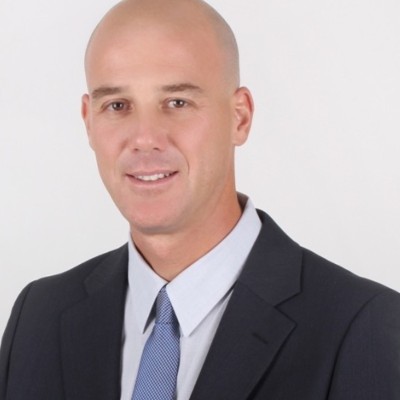- Video Library
- Elad Sapir, Cuspa Medical - Artificial Cusp to Treat Aortic Insufficiency | LSI USA '24
Elad Sapir, Cuspa Medical - Artificial Cusp to Treat Aortic Insufficiency | LSI USA '24

Elad Sapir
I am an experienced executive with an entrepreneurial spirit who leads initiatives. I have over 20 years of R&D, engineering, regulatory, and operational experience in the Medtech sector.
Throughout my career, I successfully led medical product projects (class 3 medical devices) from the early stages to product commercialization. I have a multidisciplinary skill set with hands-on experience in different product life cycle stages. Through managing a start-up company, I have led and played a key role in M&A, licensing, BD, and fund-raising.
I have a proven track record of growing Medtech startup companies. Managing a dedicated workforce specializing in various technologies and disciplines. Oversee the various business domains, including R&D, engineering, manufacturing, supply chain, finance, HR, customer support, marketing, IP, clinical, regulatory, and QA.
Demonstrated skills in initiating and leading a strategic breaking-through initiative from innovation to program execution with IP protection, market research, business case analysis, funding, team building, research and development, and business development in the US and Europe.
In my business activities, my personal skills allow me to create customer relationships and partnerships.
Specialties:
Company strategy – Business development – Technology strategy – Leadership – Executive management – Business strategy – Strategic planning – Project management – Business plan – Financing – M&A – Multidisciplinary team building – Product development – Product launch – Technology portfolio – IP portfolio – Startups – Regulatory strategy – Clinical studies
Elad Sapir
I am an experienced executive with an entrepreneurial spirit who leads initiatives. I have over 20 years of R&D, engineering, regulatory, and operational experience in the Medtech sector.
Throughout my career, I successfully led medical product projects (class 3 medical devices) from the early stages to product commercialization. I have a multidisciplinary skill set with hands-on experience in different product life cycle stages. Through managing a start-up company, I have led and played a key role in M&A, licensing, BD, and fund-raising.
I have a proven track record of growing Medtech startup companies. Managing a dedicated workforce specializing in various technologies and disciplines. Oversee the various business domains, including R&D, engineering, manufacturing, supply chain, finance, HR, customer support, marketing, IP, clinical, regulatory, and QA.
Demonstrated skills in initiating and leading a strategic breaking-through initiative from innovation to program execution with IP protection, market research, business case analysis, funding, team building, research and development, and business development in the US and Europe.
In my business activities, my personal skills allow me to create customer relationships and partnerships.
Specialties:
Company strategy – Business development – Technology strategy – Leadership – Executive management – Business strategy – Strategic planning – Project management – Business plan – Financing – M&A – Multidisciplinary team building – Product development – Product launch – Technology portfolio – IP portfolio – Startups – Regulatory strategy – Clinical studies

17011 Beach Blvd, Suite 500 Huntington Beach, CA 92647
714-847-3540© 2025 Life Science Intelligence, Inc., All Rights Reserved. | Privacy Policy







